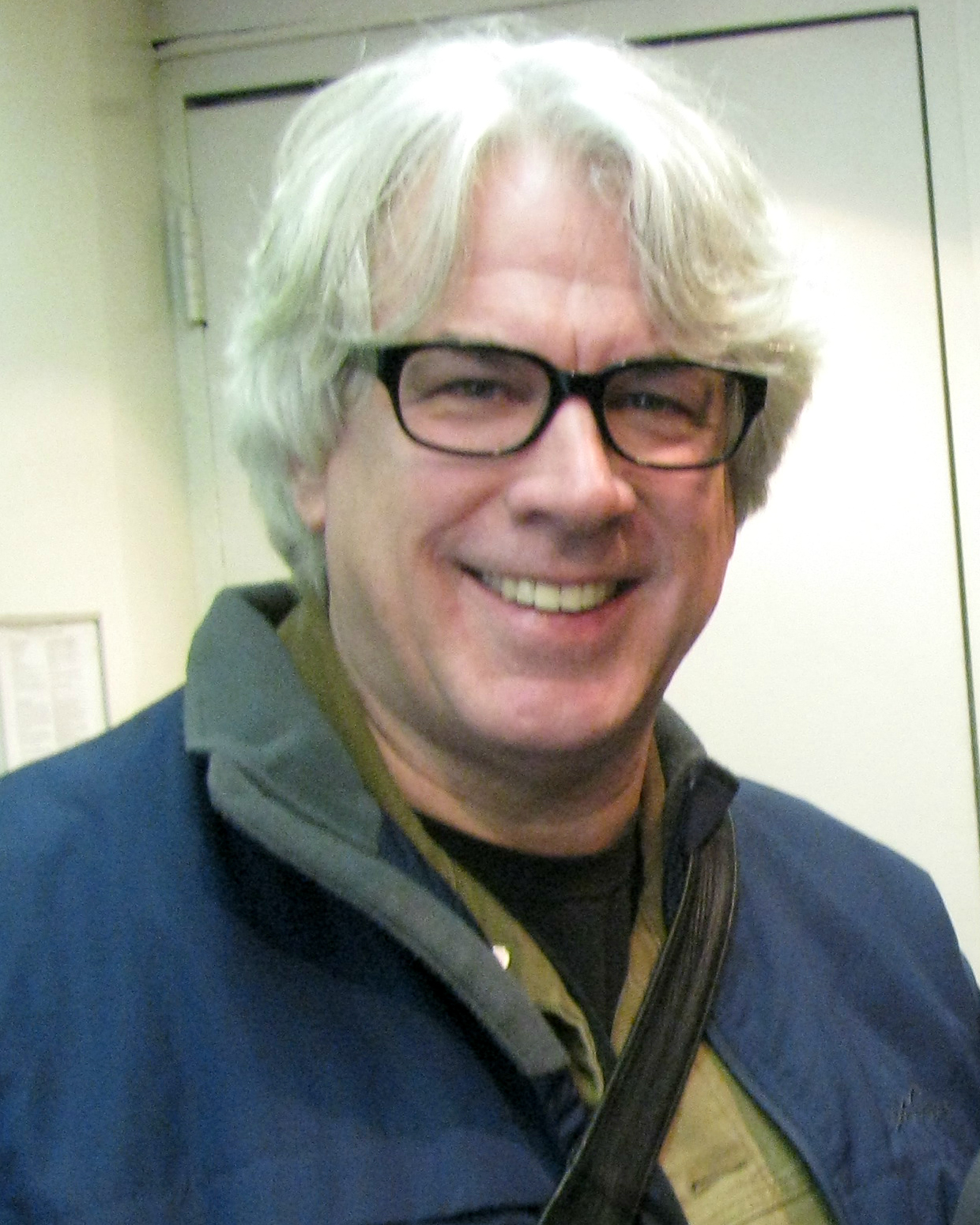
A rock fight could be called by anyone, any time. Usually we made do with whoever was around. Sometimes, sentries ran around the neighborhood yelling, “Rock fight!” followed by, “by the island in the creek” or “in Jerry’s backyard.”
A rock fight could happen almost anywhere. In the street, we grabbed handfuls of stones and lobbed them in the general direction of the other side. In someone’s backyard, everyone scrambled to collect rocks before the first stone was cast. By the creek, we alternated between scooping pebbles from the creek’s bed and gathering bigger rocks to aim at specific people.
We didn’t count slate as a rock because, if someone got hit with scaled slate, it was almost certain they’d be seriously injured. Slate was illegal.
After people showed up, we somehow sorted ourselves into sides. Now and then, a girl said she wanted to sit out, and we told her that was okay, but we couldn’t protect her from stray rocks. After a rock fight started, sometimes somebody suddenly switched teams. If that happened enough, the two sides devolved into a free-for-all.
Now and then a parent objected to rock fighting, but most of them seemed to understand. After all, the Korean War ended only a couple of years ago and World War II less than a decade ago. They probably thought we were playing war so we would be ready for the next time.
I showed up but was terrible at rock fights. I was fattest and slowest and made an easy target. I was a lousy thrower because the only athletic thing I did was ride a bike. I was often hit, and I rarely hit anyone. Most of the girls were better throwers than I was.
One afternoon, someone called a rock fight between my backyard and Janet Zetwok’s yard. My yard offered the advantage of two easy-to-climb mulberry trees. From high up, you could butterfly rocks with little chance of anybody hitting you. The Zetwok yard offered the advantage that their house had recently been built, and in the process lots of rocks and oyster shells had piled up.
As usual, I got hit a few times but kept throwing. When a rock hit Janet Zetwok in the head, she screamed bloody murder. She didn’t bleed, but her scream made up for it. The throwing stopped. Janet claimed I threw the rock that hit her.
Usually when somebody said they were “hurt bad” in a rock fight, everybody came after the thrower of the hurtful rock. Nobody had ever claimed that I hit them until that day. I ran. The other kids ran in circles gathering rocks. I kept galumphing to the end of the block where a house was being built on the side of a hill. I maneuvered my way up the hill where I gathered tons of rocks. From the hill, I easily stepped onto the flat roof of the house under construction. I started alternately jumping up and down and pacing, waiting for them to come.
The kids finally came, both boys and girls. They started hurling rocks and yelling names at me. Somebody was even scaling slate. But because I was up high, they didn’t come close to hitting me. I also had an almost endless arsenal. The rocks I threw back took wing and landed hard. I don’t know if I hit anyone, but after a while somebody yelled, “Retreat. Get reinforcements!” and they dispersed.
I snuck through the backyard of the house next door and continued down the street that crisscrossed the one I was on. I moved as fast as my fat little body would carry me. Two blocks brought me to the end of what we collectively called “the neighborhood.” Nobody went past that boundary, ever, unless with a parent and in a car.
But that day, I did.
At the end of the next block was the house where the “bad kids” lived. We weren’t aware of anything they’d done to qualify as bad. All we knew was: they were older, much taller, and darker-skinned, came from somewhere else, and had slicked-back black hair.
I knocked.
One of the “bad kids” came to the door. I told him all these kids were after me, throwing rocks at me, I was scared, and I needed their help. He disappeared and came back with one of his three brothers.
The three of us walked out to the street together. One asked where the other kids were. I said they’d be coming any minute. We walked back toward the construction site. Finally we saw the kids coming toward us, about the same number as before.
The kids stopped when they saw me with the two “bad kids.” We kept walking and met them in the middle of the street.
One of the “bad kids” asked, “You all throwing rocks at our friend, Jim?”
One of the kids said, “We were having a rock fight.”
The other “bad kid” asked, “What’s a rock fight?”
Another kid said, “We make teams and throw rocks at the other side.”
The first “bad kid” asked, “Do you really hit people with these rocks and hurt them?”
One of the kids said, “He threw a rock that hit Janet Zetwok in the head.”
The second “bad kid” turned to me and asked, “Is that true? Did you throw a rock that hurt someone?”
I answered, “I don’t know. I never hit anybody before. Usually, the rocks all hit me.”
Another kid said, “Hitting you is too easy, hoss.”
The first “bad kid” said, “Rock fights are a bad idea. You should stop. Jim here is our friend, you hear? Why don’t we all act like friends.”
Nobody threw more rocks that day.
As far as I know, none of us called the four brothers “bad kids” again, though some parents still did.
I started riding my bike as far as their house. Some other kids did too.
That I know of, nobody ever called me “Jim Ross, the big fat hoss” again.
I can’t say nobody ever called a rock fight again. Pretty soon, though, whenever somebody called a rock fight, nobody came.
***
Was my experience of rock fights unique to the community in which I grew up? Evidently not. I’ve talked to people who grew up in Illinois, Indiana, Texas, Florida, and throughout the mid-Atlantic region. Most boys experienced rock fights. One said he threw a rock that struck the town bully in the face and drew blood, so he ran as fast as he could, and escaped only by crossing the third rail. A woman who grew up in upstate New York said a girl in her neighborhood—struck in the head by a rock while observing a rock fight—suffered neurological damage and couldn’t live a normal life. A teacher friend in Belgium told me she recently had to take a girl hit in the head during a schoolyard rock fight to the ER.
The evidence suggests that rock fights were a near-universal experience in the United States when I was growing up in the 1950s and 1960s. There’s some evidence it’s still going on, here and abroad. What others cannot speak to is the phenomenon I experienced first-hand of having the group turn on someone who seriously injured another. In effect, the punishment for having good aim, or of having an errant throw strike a participant and cause apparent damage, or of the group deciding to pin the blame on you even though you couldn’t hit the broad side of barn, was to have everyone gang up on you and, potentially, stone you.
When I tell my children about this, they say, “Did that really happen or are you making this up?” Yes, it really happened. I try to place it in the context of our living in the era after World War II and the Korean War. I suggest that perhaps we were we were trying to imagine being at war, leaving open the possibility that humans require an outlet for violence. My daughter asks, “Then how come people don’t have rock fights anymore?” My son answers, “Maybe we don’t get out enough. Or maybe we play video games instead. Or maybe bullying has gone digital.”
To some people, my story ends a bit too conveniently. The stranger, the “other,” the foreigner, the one whose differentness makes us afraid, becomes the mediator. However, that’s precisely what happened. Being overwhelmed by the numbers against me, and being a terrible rock fighter, I had nothing to lose by asking for protection from those we most feared. It turned out “the bad kids” were not only approachable and reasonable, they also found our normative ways of playing needlessly hurtful and, therefore, unacceptable. And by expanding the boundaries of the neighborhood to incorporate them, we stopped engaging in rock fights and, because we listened to them, we began to change. I believe that, by listening to and incorporating the stranger, the “other,” we became indivisible.
The notion that the four dark-skinned brothers were “bad kids” wasn’t derived from our experience as we weren’t allowed to have anything to do with them. It came from our parents. For whatever reason, our parents manufactured the belief that the brothers were “bad” and their family had to be avoided. But why? Perhaps it was simply that they didn’t know how to connect with people who looked different. And such manufactured divisiveness has stayed with us as shown in manufactured tension: red states vs. blue states, blacks vs. whites, born here vs. immigrants, documented vs. undocumented immigrants.
That experience and many others of the course of my 73 years have led me to conclude that the solution to feelings of opposition is to talk with the stranger whom we most fear. In the Trump era, that might mean talking with immigrants who are so often villainized. Of course, more often than not, the real stranger whom we have difficulty facing is our own shadow. And when that’s the case, the only long-term solution is acknowledging and incorporating our own shadow, thereby become personally whole and indivisible.


